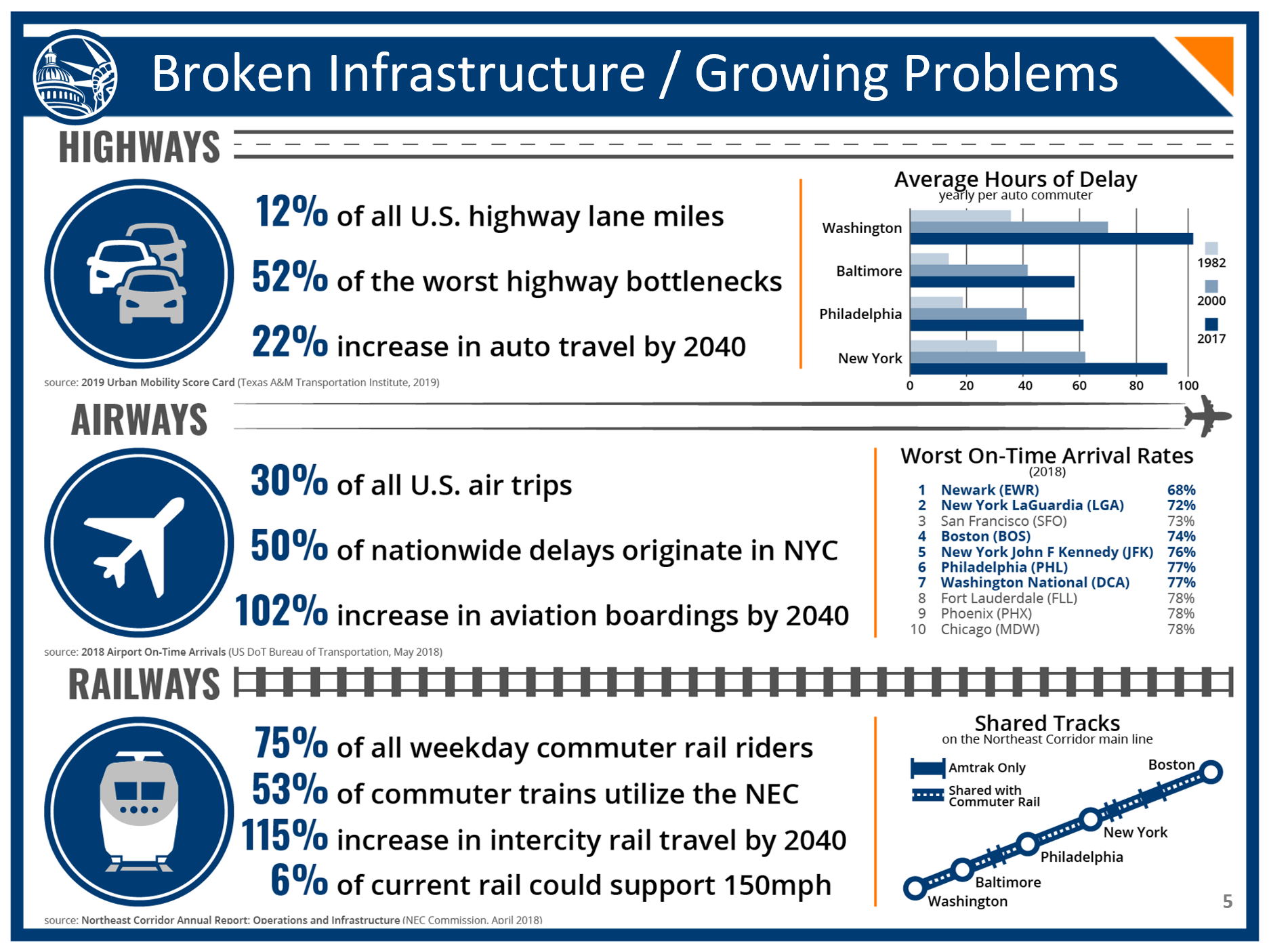2015 Project Revival
In March 2015, the Federal Railroad Administration (FRA) issued notice of available funding under the Maglev Deployment Program (MDP). In April 2015, acting on behalf of Baltimore-Washington Rapid Rail (BWRR), Maryland Department of Transportation (MDOT) submitted an application to FRA for the funds to perform preliminary engineering (PE) and National Environmental Policy Act (NEPA) work related to BWRR’s SCMAGLEV proposal.
Maryland Railroad Franchise
In 2015 Baltimore-Washington Rapid Rail (BWRR) announced that the Maryland Public Service Commission (PSC) approved BWRR’s application to acquire a passenger railroad franchise previously held by the Washington, Baltimore and Annapolis Electric Railroad Company. The railroad franchise was abandoned in 1935, with approval of the PSC.
2016 Federal Grant
In 2016, FRA awarded $27.8 million to MDOT to prepare preliminary engineering and NEPA analysis for an SCMAGLEV train between Baltimore, MD, and Washington, DC. Baltimore-Washington Rapid Rail is providing preliminary engineering and technical assistance as well as additional funding support, in concert with the FRA grant, for the NEPA process.

